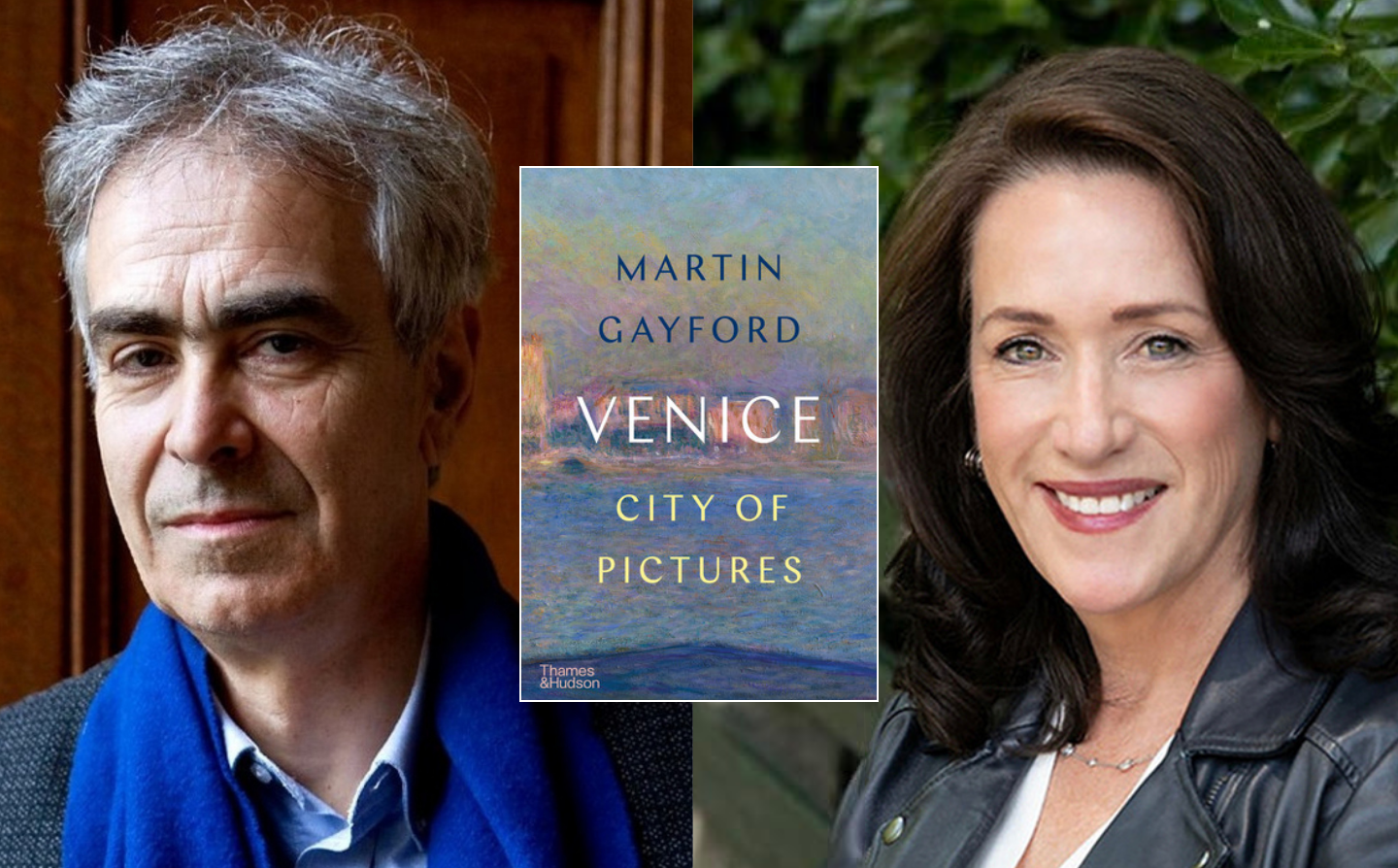Listen on Spotify and Apple Podcasts
Listen to our latest podcast episode featuring Sebastian Smee, Pulitzer Prize-winning art critic for The Washington Post and author of Paris in Ruins: Love, War, and the Birth of Impressionism, published by W. W. Norton.
His book explores how the violent political upheavals of 1870-71 Paris influenced Impressionism, impacted the lives of artists—including Degas, Manet, Morisot, Renoir and Pissarro, who survived those dramatic days—and inspired the movement's revolutionary spirit.
Through rigorous research into personal letters and historical documents, Smee illuminates the human context behind familiar masterpieces of light created during this dark period. He offers a fresh perspective on why the Impressionists, with their newfound sense of the fragility of life, turned toward transient subjects of modern life, leisure, fleeting moments and the impermanence of all things in the aftermath of such devastating events.
“ If you look at one of the characteristics of Impressionism, there is this sense of wanting to capture a certain feeling of transience, fugitive light, ever changing light conditions, but also changing social relations and a sense of flux in everything.”
– Sebastian Smee
About the Author
Sebastian Smee is an art critic for the Washington Post and winner of the 2011 Pulitzer Prize for Criticism. His previous works include The Art of Rivalry and books on Mark Bradford and Lucian Freud. He was awarded the Rabkin Prize for art journalism in 2018 and was a MacDowell Fellow in 2021.






































